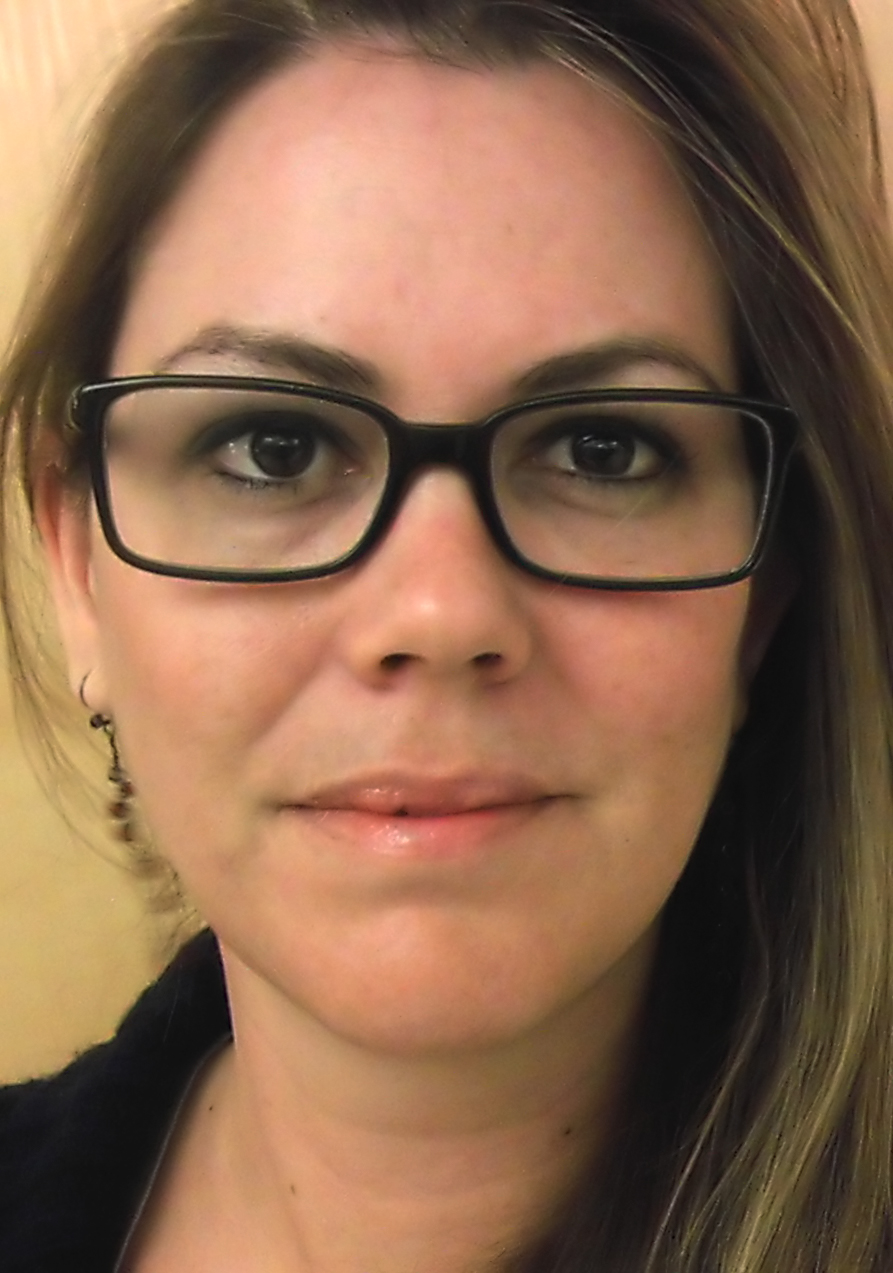UCLA alumna co-founds Occupy Colleges organization in support of student protests

By Danyal Budare
Nov. 21, 2011 1:03 a.m.

With two video cameras, two cell phones, backup batteries and warm clothes, Natalia Abrams flew into New York late Wednesday night to march with students in solidarity with the Occupy movement.
Abrams came to New York to take part in a student strike, part of a national day of action called for by a recently formed organization called Occupy Colleges.
The Thursday strike took place in cooperation with New York University and City University of New York, among other universities. More than 30,000 people turned out for the march.
Abrams, a 2009 UCLA alumna, is one of the founders of Occupy Colleges, an organization that aims to unite Occupy movements across college campuses.
Occupy Colleges was founded in early October after the call for a statewide student walkout ““ in solidarity with Occupy Wall Street ““ had been called for by the City University of New York.
Around that time, Abrams said she and her fellow co-founders realized that there was no national presence of the movement on college campuses. The goal then was to bring the Occupy movement to college campuses so students could join the movement without sacrificing grades and course work, Abrams said.
Occupy Colleges provides a platform for small and large college campuses to connect nationally with the student movement through social media ““ calling for national student protests and teach-ins, connecting colleges with other campuses and connecting the media with the colleges themselves, Abrams said.
They have so far reached out to more than 200 colleges, Abrams said. She stressed that participation on the part of the students at each school is voluntary.
“We’re not trying to push our direction on any school,” Abrams said. “If a school wants to connect with us, we want to connect with them.”
With a Twitter feed, Facebook page and website, Occupy Colleges now provides information to students looking to start an occupation or teach-in, and provides a private network for colleges to communicate with each other for national student protests and teach-ins.
Abrams said her time at UCLA prepared her for the Occupy movement.
She met one of her closest mentors, Sharon Bays, when she took her Introduction to Women’s Studies course one summer.
“You recognize there are students here who want to do something with their lives in terms of helping other people. … Natalia was one of those students,” said Bays, a former lecturer in women’s and gender studies, anthropology and Asian American studies.
As an undergraduate, Abrams received an internship at the Feminist Majority Foundation in Beverly Hills, where she helped work with college campuses to organize and assist feminist student groups.
Abrams said she has been protesting anti-war causes over the last 10 years. She still runs a family-inherited business selling wallpaper with her husband. Working as a facilitator with Occupy Colleges means working an extra six hours every day, Abrams said.
“She’s got multiple avenues that she’s going down right now in terms of what she wants to do with her life and what she wants to do for her community, and she’s doing them all really well,” said Loran Marsan, formerly Abrams’ teaching assistant and mentor at UCLA and a current graduate student in women’s and gender studies.
Although Abrams is no newcomer to protests and rallies, she said the Occupy protests have been different than any other movement she has been involved in.
“I haven’t seen the amount of military, veterans and labor unions as I’ve seen at (the Occupy movement),” Abrams said.
As Abrams and her husband marched from Union Square to Foley Square with thousands of others, police tried to barricade the protesters’ path.
The crowd was split up as it made its way through alternate paths while police tried to barricade the protesters.
“As we came around the block right before we got to Foley Square, we joined together with thousands more students. … It was a really invigorating moment to realize we hadn’t really lost them, they were just on their own path,” Abrams said.


